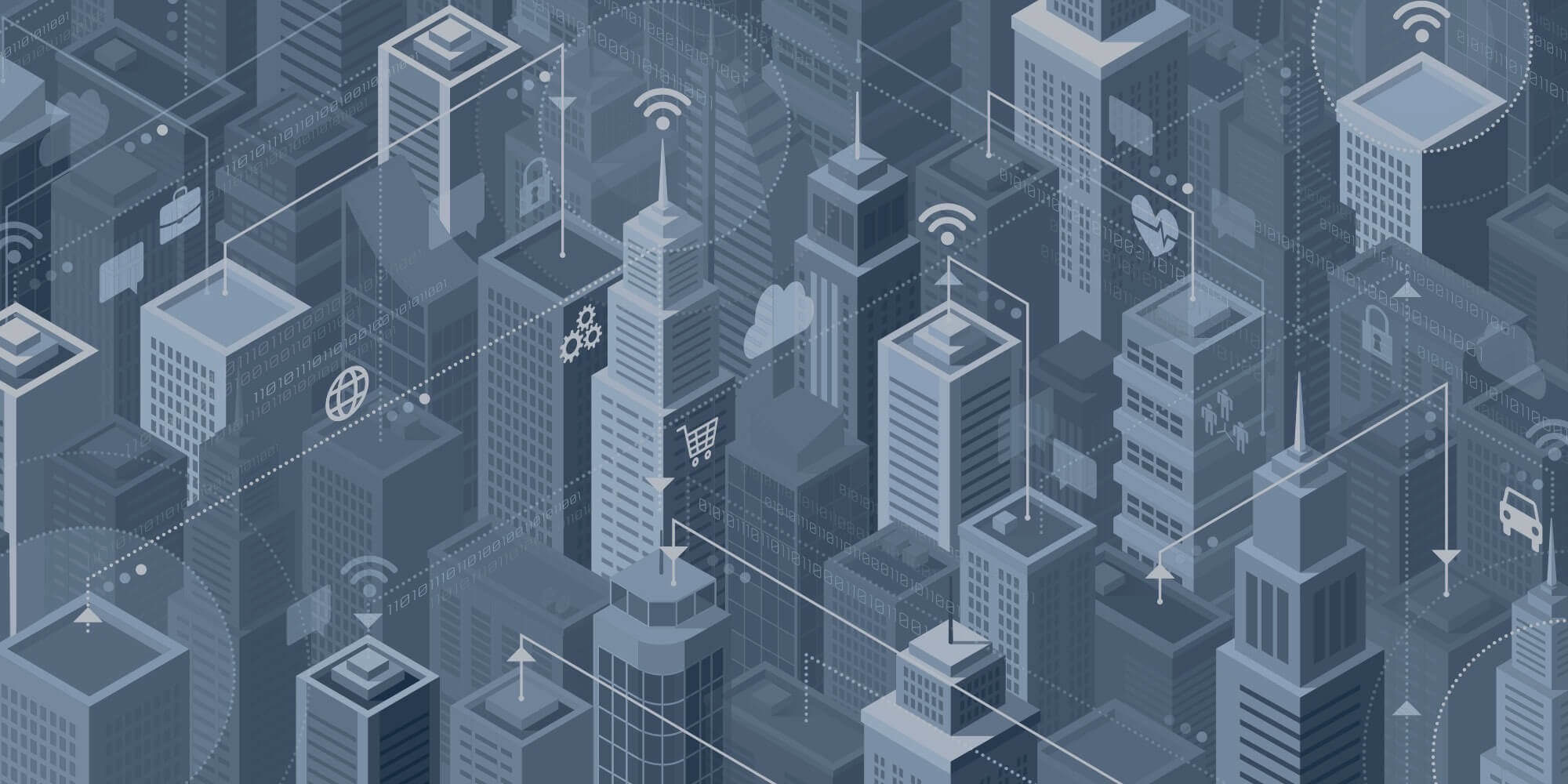Seven challenges for scaling IoT enabled smart cities
Posted 19 Jul 2016
Alex Gluhak, Lead Technologist for the Internet of Things, writes about the seven key challenges for making IoT scalable in cities.
The Internet of Things (IoT) is high up the list of technologies to disrupt our city lives. It has played a significant role in smart city testbeds and pilots that have surfaced across the UK, such as in Manchester, London, Bristol, Milton Keynes and Glasgow. Many of these IoT enabled smart city deployments are of an experimental nature and have so far established early proof-points about the business viability of these solutions.
A couple of weeks ago, I was part of the panel session on ‘Emerging Technologies and Business Innovations in Digital Cities of the Future’ at IEEE SECON 2016. I used this opportunity to reflect upon the current situation and my past experiences in building smart city testbeds, such as SmartSantander and OrganiCity. I have asked myself what is really needed to move beyond technology pilots and make IoT enabled smart cities a reality?
The results are seven key challenges I want to share with you:
1: Overcoming city vendor lock-in
The lack of usable standards and an interoperable vendor ecosystem for IoT enabled smart city solutions, makes it difficult for cities to commit to a specific solution, without creating significant dependencies on a single vendor. There is a latent fear of vendor lock-in that can affect further procurement choices for expansions and scaling of the underlying infrastructure, without significant system integration expenses. As a result, cities are often reluctant to make larger investments in smart infrastructure for cities, hampering the market uptake.
2: Overcoming developer city lock-in
Current APIs for accessing streamed data from IoT infrastructures and other sources can vary greatly across cities, and so can the availability of specific data sources and underlying data formats. This makes it very challenging for many developers and providers of IoT-based smart city services to deploy and operate a service that has been initially developed for one city environment to another, significantly limiting the opportunities that come from economies of scale.
3: Meeting real citizen needs
Sales pitches of larger technology vendors, system integrators and ambitions of local governments have long shaped the vision of smart cities. Early smart city examples such as Masdar or Songdo have been conceived top down as a technological and marketing push, rather than addressing typical operational and citizen needs. Other services often take the perspective of the city authorities, which often differ from the citizens. While there are significant cultural differences globally, there is a lack of citizen voice in the current debate about IoT instrumentation. If smart city services are to make a real difference to citizens, and be accepted by the public, then citizens must play a strong role in their co-creation and design.
4: Sharing IoT infrastructure for new business cases
The lack of interoperability of IoT infrastructure and their tight coupling to specific services and IoT platforms, makes it difficult to support IoT infrastructure reuse and achieve necessary economies of scale. The resulting siloed business models, for example, with one deployment for one specific service, makes it harder to achieve a viable return of investments. Finding secondary exploitations for IoT deployments would enable new business models and bring down the barrier for investment. This however, represents a major challenge with the current siloed situation. There is a need for a reliable IoT data market between different IoT platforms that provides opportunities for secondary income streams from IoT deployments, making many IoT deployments commercially more viable.
5: Quantifying social and economic benefits
The impact of IoT-based smart city solutions go well beyond economic benefits, as they often have the potential to address the triple bottom line (social, environmental and economic). While decision makers have a sense for benefits beyond economic considerations, such as cost savings and a financial return on investment, it is difficult to estimate in a quantifiable, evidence-based way the real impact that IoT interventions would enable in a city. The lack of an agreed framework that also captures socio-economic benefits of urban IoT more holistically and tracks their progression is a major challenge, making investment decisions more difficult.
6: Sharing more than just open data
The first wave of smart city services has been predominantly developed around open data. Such data is in most cases shared, if not considered sensitive, and the success of services developed on top is often only modest. Proprietary datasets, such as IoT-generated data, closed organisational data of businesses or personal data of citizens have the potential to offer higher value for richer smart city services, but are not released for exploitation or not readily available.
There is a lack of incentives, market confidence and trust for organisations and individuals to share new datasets as licensing models are not yet properly understood or developed. A key ecosystem foundation for such a market place is still missing. The future proof market mechanisms, which would extend the commercial viability of open data beyond traditional licensing models, are also not yet in place.
7: Encouraging more agile policy making
Despite the promise of IoT to revolutionise different application domains through near real-time integration of sensor data and information flows into business processes, adaptive policy making for and by cities based on the same principles has been so far an underexplored area. Policy decisions are often made based on guesstimates, or upon commissioned reports leading to delayed responses or uninformed decisions. The lack of near real-time transparency of different city processes, missing methodologies, missing tools for rapid prototyping of policy and subsequent impact assessments, makes agile policy making for 21st Century cities still difficult.
You will note many of these challenges are complex and cannot be answered by technology alone. In my next blog post I will discuss emerging initiatives that aim to find answers to those.

Alex Gluhak is Lead Technologist for the Internet of Things at Digital Catapult